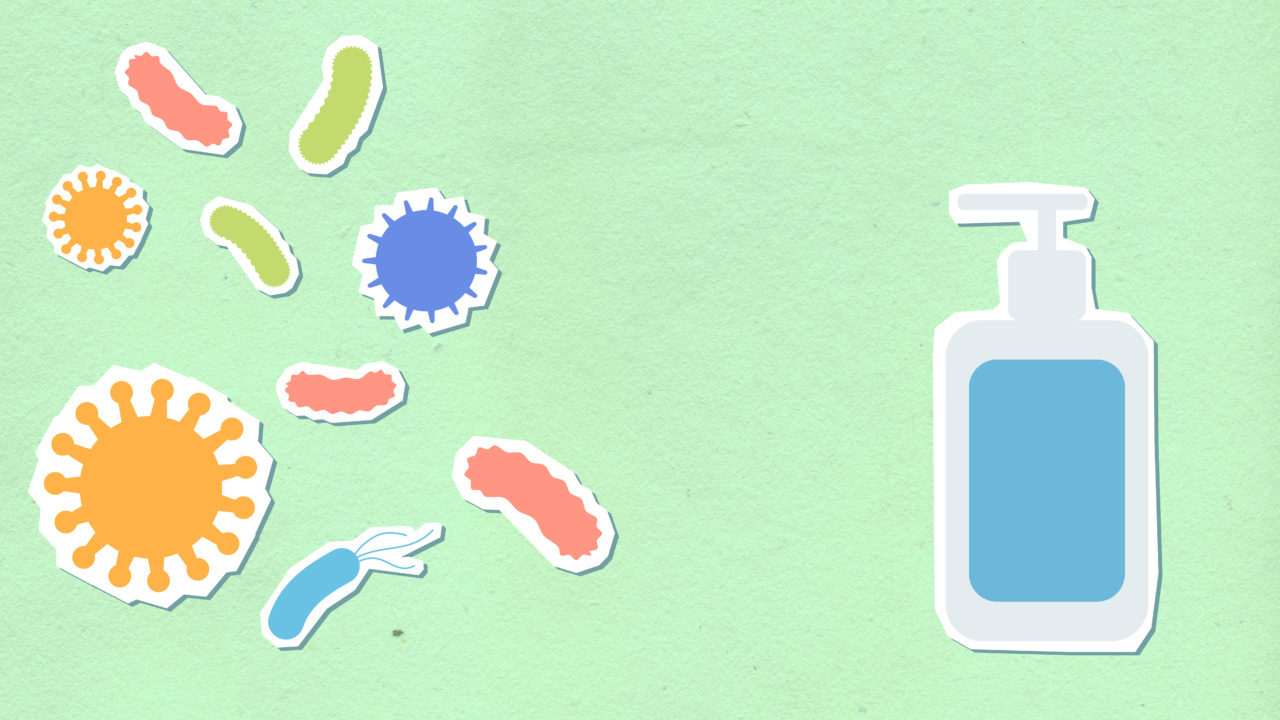Garlic has been used for centuries for its various health benefits. It is known for its strong flavor and aroma, but it is also famous for its antimicrobial properties.
Garlic has been found to be effective against a wide range of microorganisms, including bacteria, viruses, fungi, and parasites. In this article, we will focus specifically on the resistance of bacteria to garlic and explore which germs are most resistant.
Understanding Bacteria
Bacteria are single-celled microorganisms that can be found everywhere in our environment. While many bacteria are harmless and even beneficial to our health, there are also pathogenic bacteria that can cause various infections and diseases.
Antibiotics are commonly used to treat bacterial infections, but the misuse and overuse of these drugs have led to the emergence of antibiotic-resistant bacteria. This resistance poses a significant threat to public health.
The Antibacterial Power of Garlic
Garlic contains a compound called allicin, which is responsible for its strong antimicrobial properties. Allicin is formed when garlic cloves are crushed, chopped, or chewed.
It has been shown to have a wide spectrum of activity against both gram-positive and gram-negative bacteria. Some studies even suggest that allicin is as potent, if not more potent, than certain antibiotics.
Bacterial Resistance to Garlic
While garlic has shown promising results in combating bacteria, it is not a foolproof solution. Some bacteria have developed mechanisms to resist the antimicrobial effects of garlic.
One example is the bacterium Staphylococcus aureus, which is notorious for being resistant to multiple drugs. Studies have shown that certain strains of Staphylococcus aureus are less susceptible to the antibacterial effects of garlic compared to other bacteria.
Factors Influencing Garlic’s Effectiveness
There are several factors that can influence the effectiveness of garlic against bacteria. The first factor is the concentration of allicin. Higher concentrations of allicin are more effective in killing bacteria.
The duration of exposure to garlic is another important factor. Prolonged exposure can increase the antibacterial effects. Additionally, the pH level of the environment can affect the stability of allicin, hence impacting its effectiveness.
Most Resistant Bacteria
While garlic has shown broad-spectrum antimicrobial properties, some bacteria are more resistant to its effects. One such bacterium is Pseudomonas aeruginosa.
This bacterium is often found in hospitals and is known for its high resistance to multiple antibiotics. Studies have found that Pseudomonas aeruginosa is also less susceptible to the antibacterial effects of garlic.
Garlic as an Adjunct to Antibiotics
Although some bacteria may exhibit varying levels of resistance to garlic, it is important to note that garlic can still play a role in combination with antibiotics.
Some studies have shown that the use of garlic extracts in combination with antibiotics can enhance the antibacterial effects and even decrease the antibiotic resistance of certain bacteria.
Natural Alternatives to Garlic
While garlic is a popular natural remedy for bacterial infections, there are other natural alternatives that can also be effective. Some examples include oregano oil, tea tree oil, and honey.
These natural substances have also been found to possess antimicrobial properties and can be used as alternatives to garlic.
Precautions and Side Effects
Although garlic is generally safe for consumption, excessive intake can lead to certain side effects such as digestive issues and bad breath. It can also increase the risk of bleeding in individuals taking certain medications.
It is important to use garlic in moderation and consult a healthcare professional if you have any underlying medical conditions or are on medication.
Conclusion
The antimicrobial properties of garlic make it a popular natural remedy for bacterial infections. While some bacteria may exhibit resistance to garlic, it still possesses broad-spectrum activity against many microorganisms.
Garlic can be used as an adjunct to antibiotics and in combination with other natural alternatives. It is important to use garlic responsibly and consult a healthcare professional if needed.




























